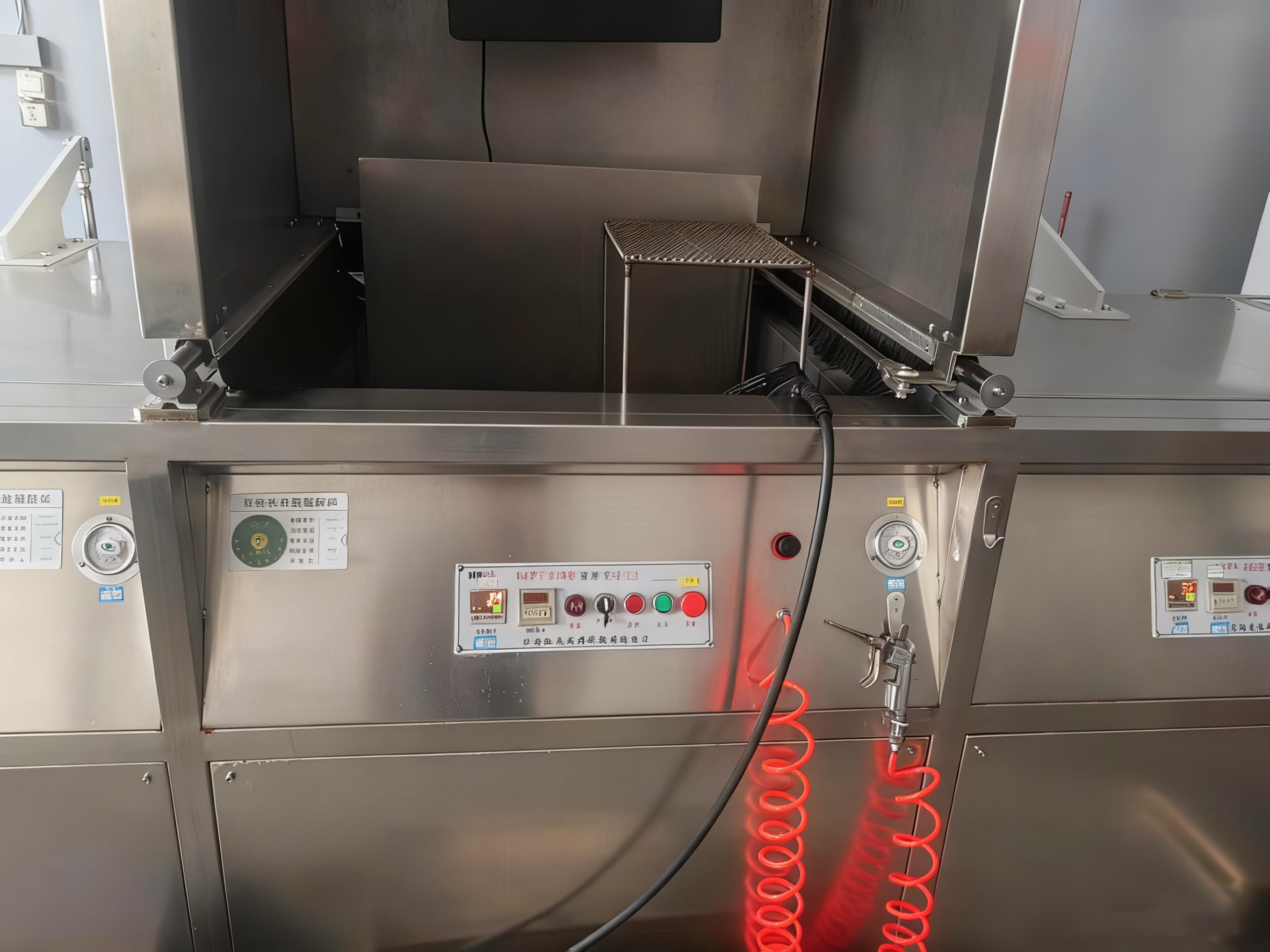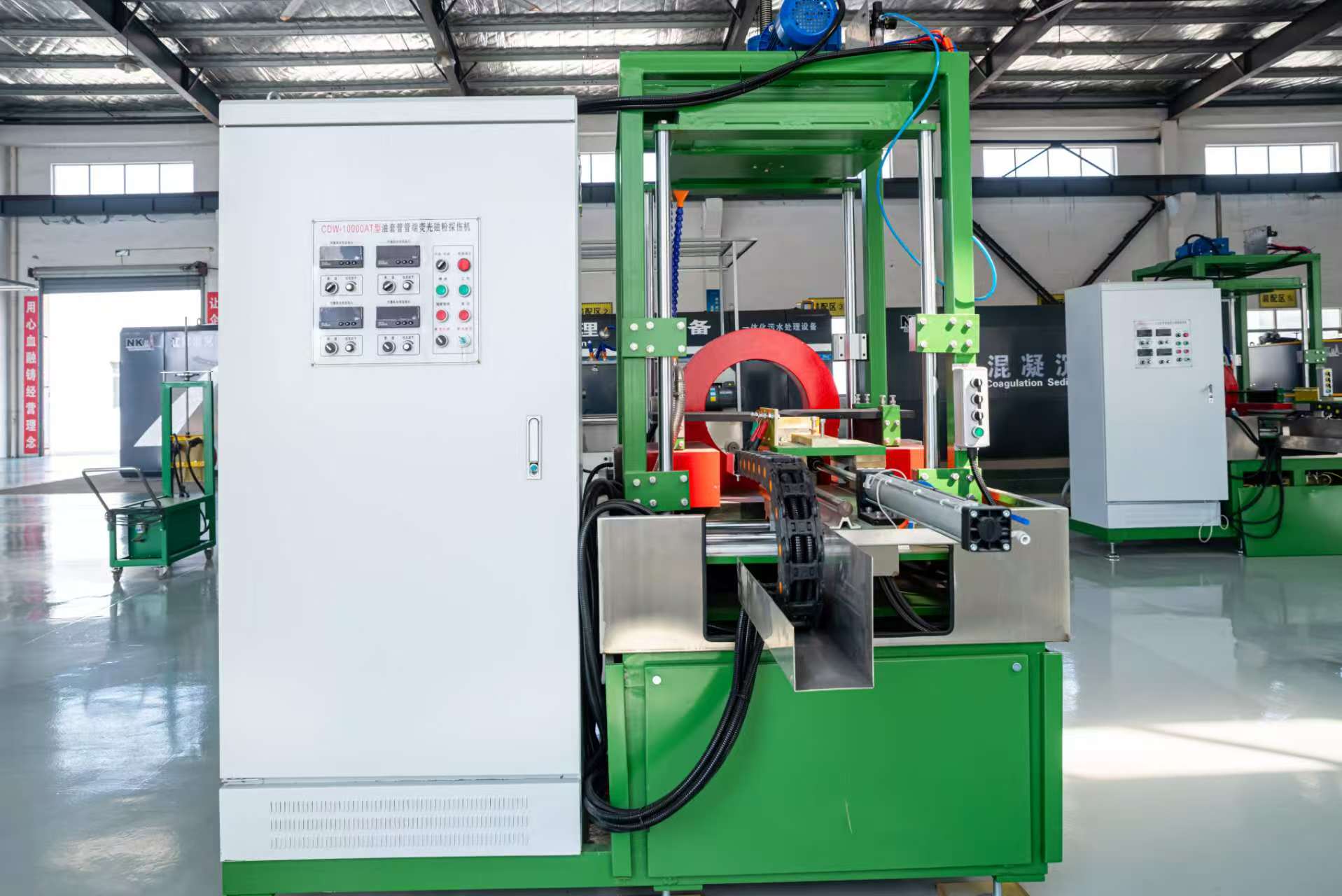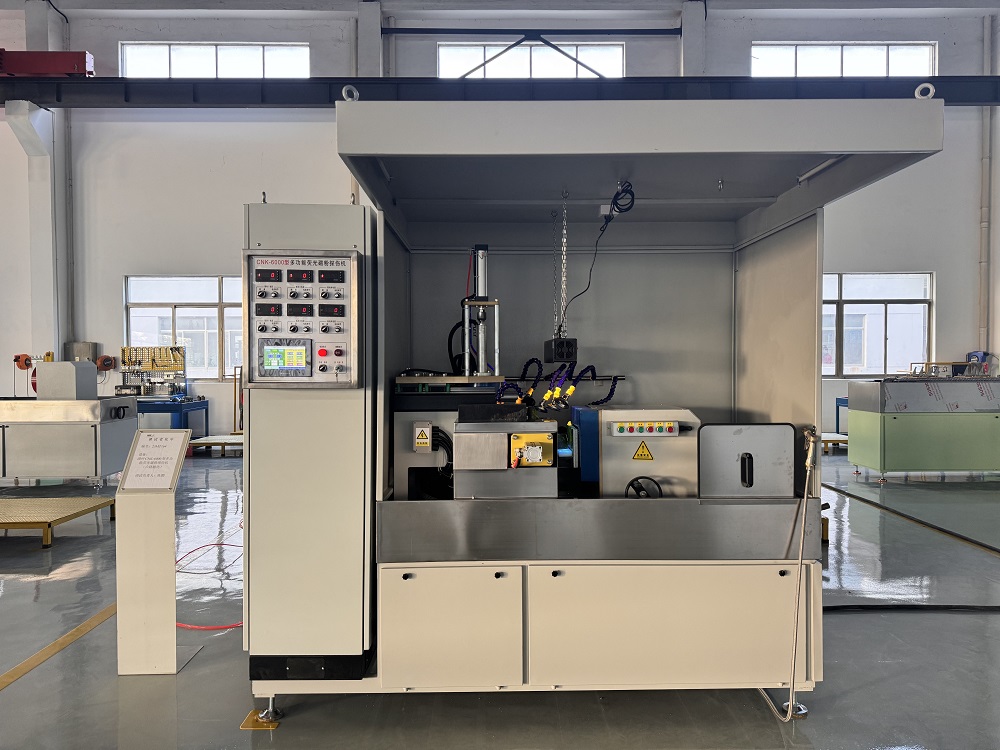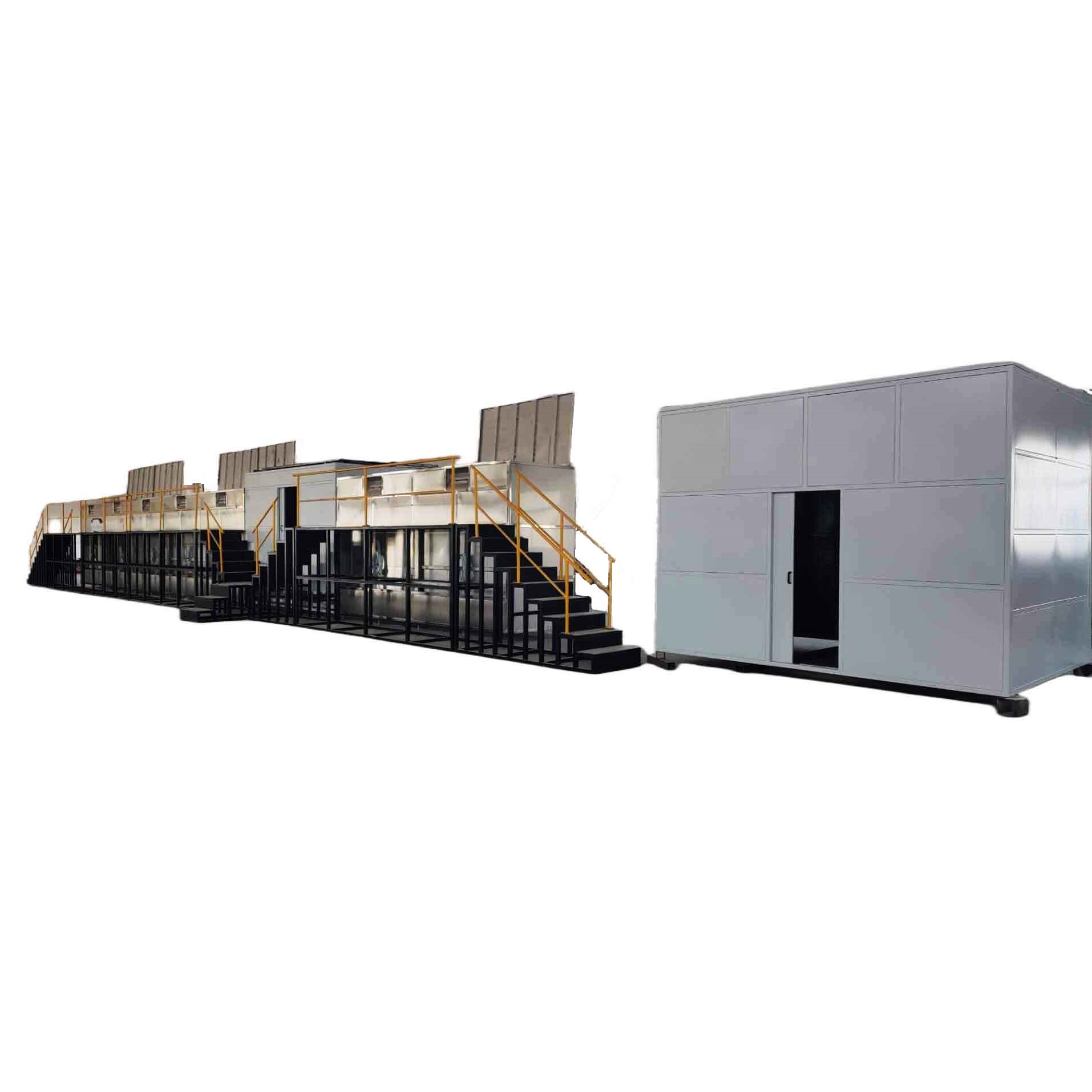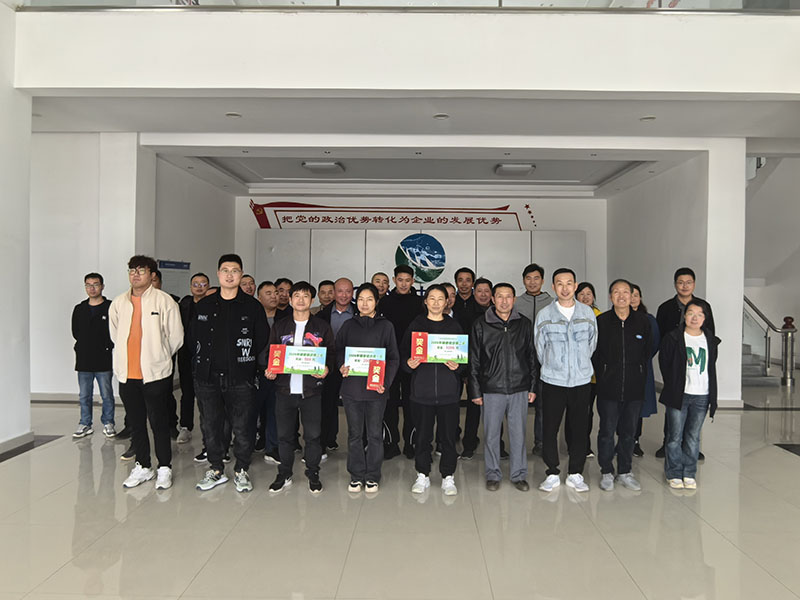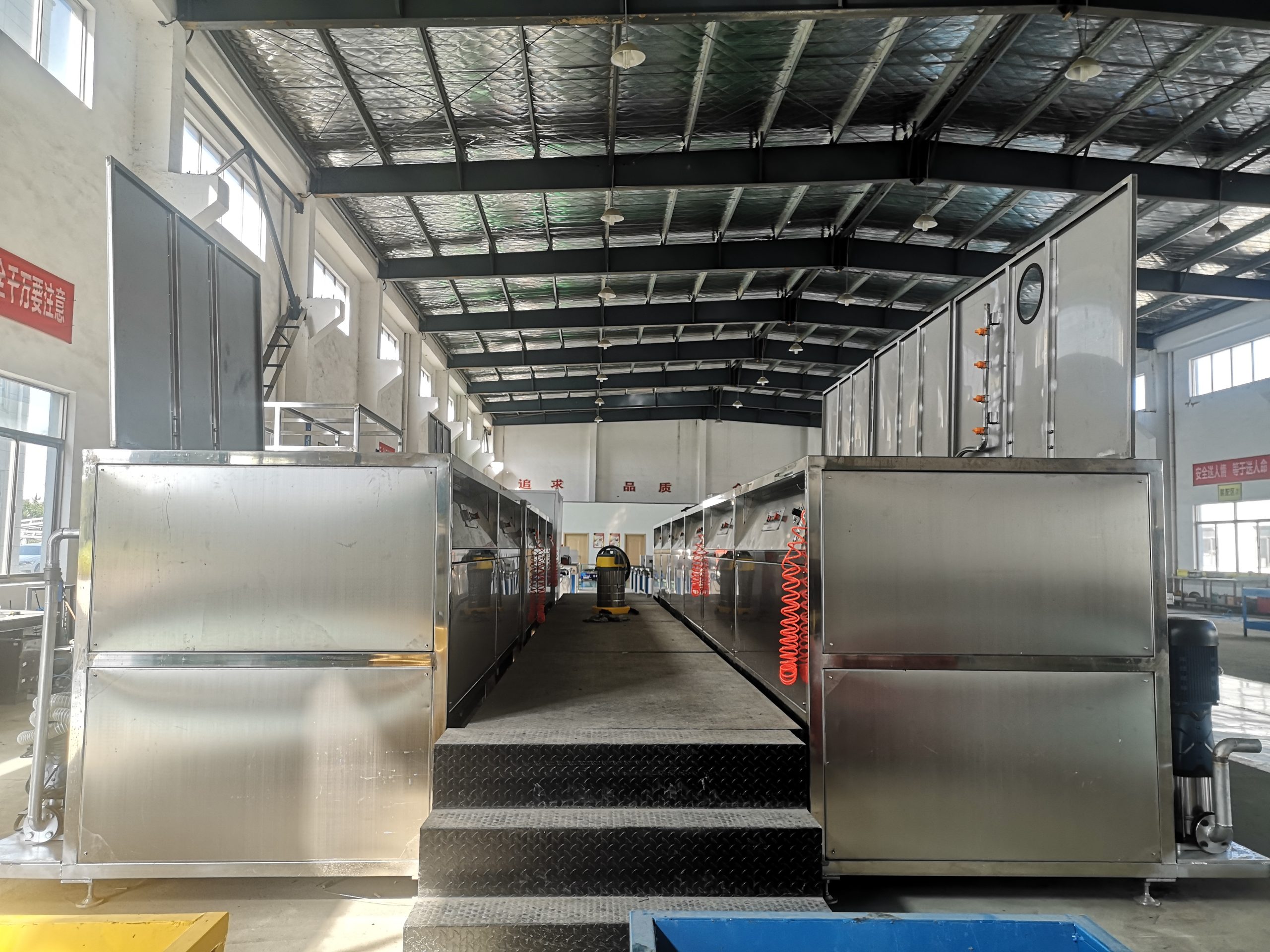
Choosing the Right Penetrant Testing Method: The Key to Efficient and Reliable Non-Destructive Testing
In the world of non-destructive testing (NDT), penetrant testing (PT) remains one of the most trusted and cost-effective methods for detecting surface defects in critical components. Whether you’re in aerospace, automotive, oil & gas, or precision manufacturing, selecting the right penetrant testing method can make the difference between identifying a critical flaw and missing a potential failure point.
But with multiple penetrant testing techniques available—each with its own advantages and limitations—how do you determine the best approach for your specific needs? This guide will help you navigate the key considerations and ensure you implement the most efficient, accurate, and compliant PT solution for your operations.
Why Penetrant Testing? Understanding Its Role in NDT
Penetrant testing is a versatile, highly sensitive method used to locate surface-breaking defects such as cracks, porosity, laps, and seams in non-porous materials. The process involves:
-
Applying a liquid penetrant to the component’s surface, allowing it to seep into any surface flaws.
-
Removing excess penetrant, leaving behind only the trapped liquid in defects.
-
Applying a developer, which draws out the penetrant, making defects visible under appropriate lighting.
Compared to other NDT methods like ultrasonic or radiographic testing, PT is faster, more economical, and requires minimal equipment, making it ideal for high-volume inspections and on-site testing.
However, not all penetrant methods are the same. The right choice depends on material type, defect sensitivity, production volume, and regulatory requirements.
Types of Penetrant Testing Methods: Which One Fits Your Needs?
1. Classification by Penetrant Type
A. Fluorescent Penetrant Testing (FPT)
-
Best for: High-sensitivity inspections (e.g., aerospace, nuclear, medical devices).
-
How it works: Uses a fluorescent dye that glows under UV-A (black light).
-
Advantages:
-
Detects microscopic defects (down to a few microns).
-
Ideal for complex geometries where visual inspection is difficult.
-
-
Limitations:
-
Requires darkroom conditions and UV lighting.
-
Higher cost compared to visible dye penetrants.
-
B. Visible Dye Penetrant Testing (VPT)
-
Best for: General industrial inspections where extreme sensitivity isn’t required.
-
How it works: Uses a bright red dye visible under white light.
-
Advantages:
-
No UV light needed—simple and portable.
-
Lower cost, ideal for field inspections.
-
-
Limitations:
-
Less sensitive than fluorescent methods.
-
Not suitable for critical aerospace or nuclear components.
-
2. Classification by Removal Method
A. Water-Washable Penetrants
-
Best for: High-volume production with simple rinsing steps.
-
Advantages:
-
Fast and easy cleanup with water spray.
-
No additional emulsifier required.
-
-
Limitations:
-
Risk of over-washing, which can remove penetrant from defects.
-
B. Solvent-Removable Penetrants
-
Best for: Small-scale or field inspections where water isn’t available.
-
Advantages:
-
Precise control over penetrant removal.
-
Portable and ideal for spot inspections.
-
-
Limitations:
-
Requires chemical solvents, increasing operational costs.
-
C. Post-Emulsifiable Penetrants (Lipophilic/Hydrophilic)
-
Best for: High-sensitivity inspections where water-washable methods aren’t precise enough.
-
Advantages:
-
Reduces false indications by preventing over-removal.
-
Excellent for tight cracks and fine defects.
-
-
Limitations:
-
Requires an additional emulsification step, increasing process time.
-
3. Classification by Application Method
A. Manual Penetrant Testing
-
Best for: Low-volume, custom, or large components.
-
Advantages:
-
Flexible and adaptable to different part sizes.
-
Lower initial investment.
-
-
Limitations:
-
Slower process, higher human error risk.
-
B. Automated/Semi-Automated Penetrant Lines
-
Best for: High-volume production (e.g., automotive, aerospace).
-
Advantages:
-
Consistent, repeatable results.
-
Faster throughput, reduced labor costs.
-
-
Limitations:
-
Higher initial setup cost.
-
Key Factors in Selecting the Right Penetrant Testing Method
1. Sensitivity Requirements
-
Level 1 (Ultra-High Sensitivity): Aerospace turbine blades, nuclear components.
-
Level 2 (High Sensitivity): Automotive castings, weld inspections.
-
Level 3 (Medium Sensitivity): General industrial parts.
2. Material & Surface Condition
-
Non-porous metals (aluminum, steel, titanium): Best for PT.
-
Rough surfaces: May require post-emulsifiable methods.
-
Plastics & ceramics: Must be non-absorbent.
3. Production Volume & Speed
-
Low volume: Manual/solvent-removable methods.
-
High volume: Automated water-washable or post-emulsifiable lines.
4. Environmental & Safety Considerations
-
Solvent-based penetrants: Require proper ventilation.
-
Water-based systems: More eco-friendly but may need wastewater treatment.
5. Compliance with Industry Standards
-
Aerospace: AMS 2644, ASTM E1417, NAS410/NADCAP.
-
Oil & Gas: ASME Section V, ISO 3452.
-
Automotive: ISO 3452-1, customer-specific specs.
Our Expertise: Custom Penetrant Testing Solutions for Your Industry
At Nuke NDT, we specialize in tailored penetrant inspection systems designed for maximum accuracy, efficiency, and compliance. Our solutions include:
✅ Fluorescent Penetrant Inspection (FPI) Systems – For aerospace, defense, and high-precision manufacturing.
✅ Automated Penetrant Lines – High-speed, consistent testing for mass production.
✅ Eco-Friendly & Low-VOC Options – Reducing environmental impact.
Why Choose Us?
✔ 20+ Years of NDT Experience – Trusted by leading manufacturers worldwide.
✔ Full Compliance with ASTM, ISO, and NADCAP Standards.
✔ Custom-Engineered Solutions – From small benchtop units to full production lines.
Need Help Choosing the Right Penetrant Testing Method?
Our NDT experts are ready to analyze your requirements and recommend the best solution for your application.
📞 Call us today: +86-13813906462
📧 Email: irene@nksmartmeter.com
Don’t leave surface defects to chance—ensure reliability with the right penetrant testing method!


